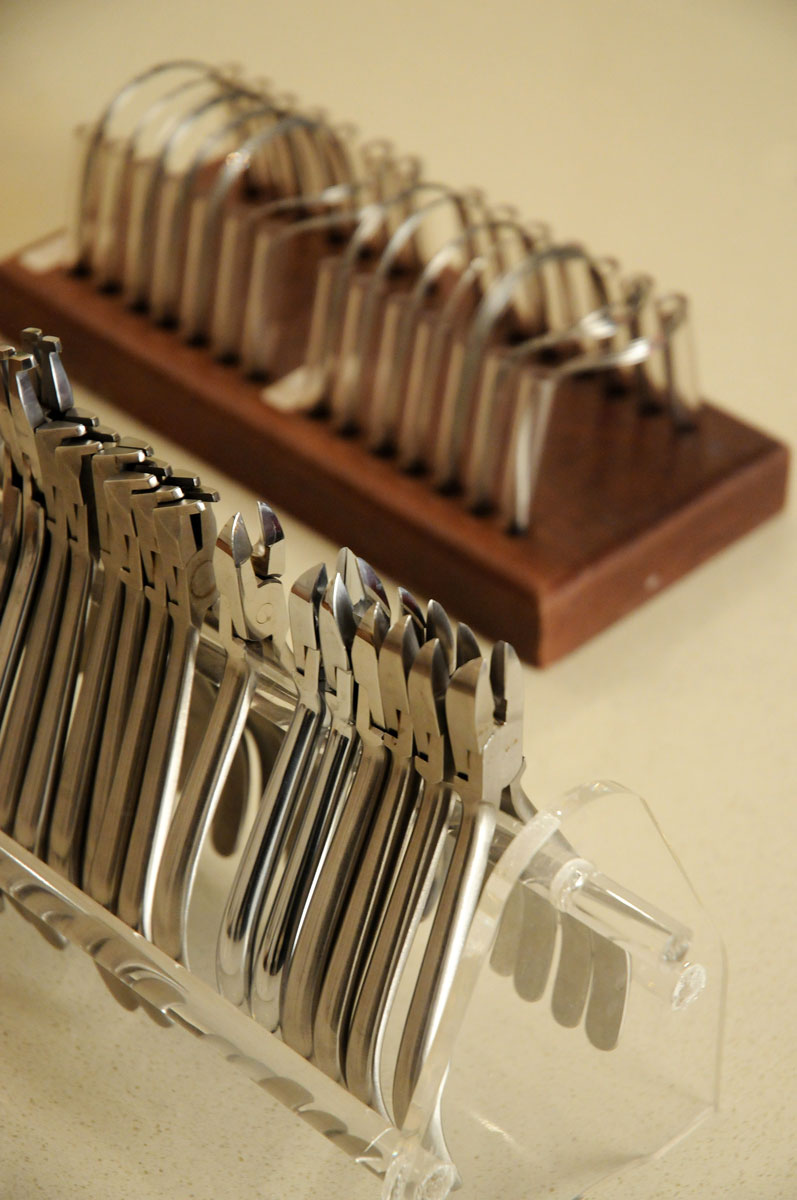Orthodontic research and technology have developed methods and materials that make orthodontics much more attractive to adult patients. Adult orthodontic treatment is a major part of everyday orthodontic practice, as modern appliances (transparent braces, clear aligners, lingual braces) have minimized aesthetic concerns.
Furthermore, adults often present complex problems, as their dental history may be compromised due to periodontal disease (gingivitis, periodontitis), loss of permanent teeth (previous extractions), existing prosthetic restorations that may limit or modify the treatment plan, endodontically treated teeth (root canal treatments) that require specific management.
In these cases, orthodontic treatment may be limited and of short duration, yet it contributes significantly to the final stomatognathic rehabilitation.
Adult orthodontic treatment may be:
a) Conservative comprehensive orthodontic treatment
It involves fixed appliance orthodontic treatment (aesthetic braces, lingual braces) aiming at correcting exclusively the dental and not the skeletal problem. Nevertheless, very mild skeletal problems may be managed with dental compensation-movements, the so-called ‘orthodontic camouflage’.
b) Orthodontic – Periodontic treatment
Periodontal diseases (gingivitis, periodontitis) affect teeth supporting tissues, i.e. gingiva (gums) and jaw bones, resulting in bone resorption, gingival recession and dental root exposure, tooth migration due to reduced bone support, tooth spacing. Orthodontic treatment restores dental occlusion and improves periodontal health and oral aesthetics. Treatment length is usually short, as extensive tooth movements should be avoided.
Close cooperation between the orthodontist and the general dentist or periodontist is absolutely necessary at all treatment stages.
c) Orthodontic – Prosthodontic treatment
Loss of permanent teeth that have not been prosthetically restored results in tooth migrations and occlusal disorders leading to problems with mastication, speech and aesthetics. Placing prosthetic restorations or implants requires previous orthodontic alignment of teeth or tooth roots in their correct positions.
The orthodontist together with the general dentist/prosthodontist should determine a combined treatment plan with the orthodontic treatment preceding the final prosthetic restoration.
d) Orthodontic – Surgical Treatment
There are specific problems that cannot be managed with orthodontic treatment alone, particularly in adults, as there is no residual growth.
Therefore, in cases of skeletal problems, dental or facial trauma and other conditions that significantly compromise facial aesthetics, the treatment of choice is a combined orthodontic-orthognathic surgery approach. This is also true for severe skeletal cases of children or adolescents whose combined orthodontic-surgical treatment is postponed until after growth completion (18-19 for females and 20-21 for males).
Such cases require cooperation between the orthodontist and the maxillofacial surgeon for the best functional and aesthetic outcome.


